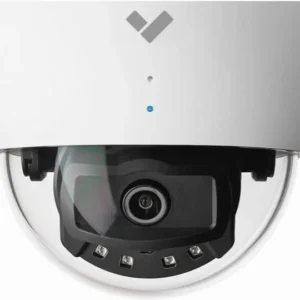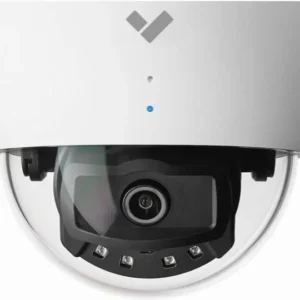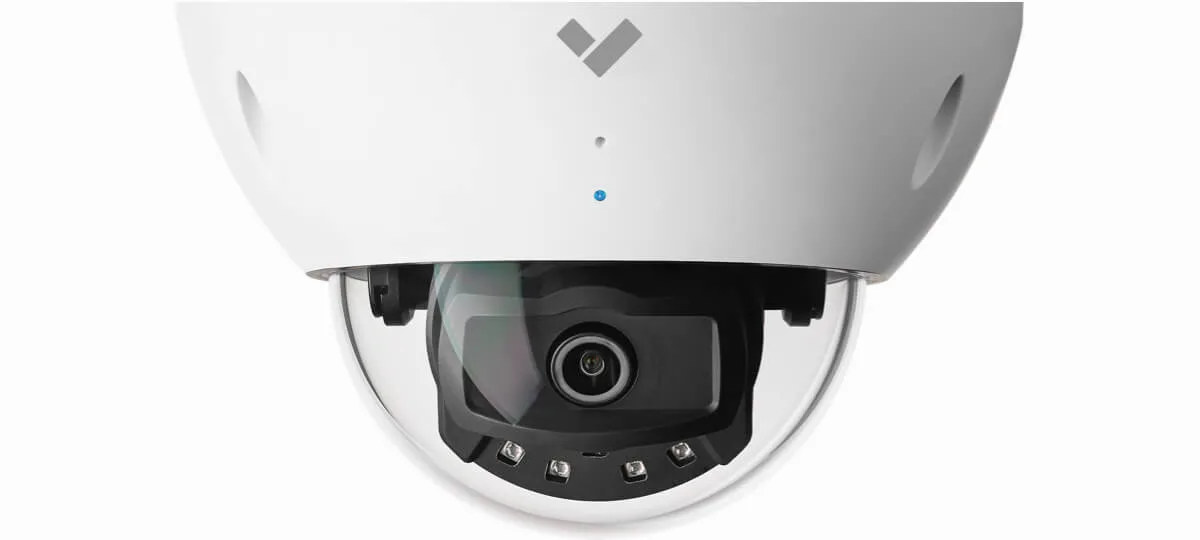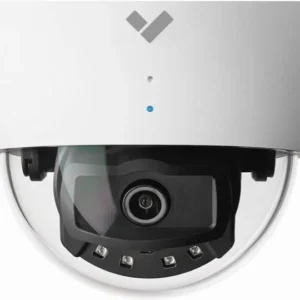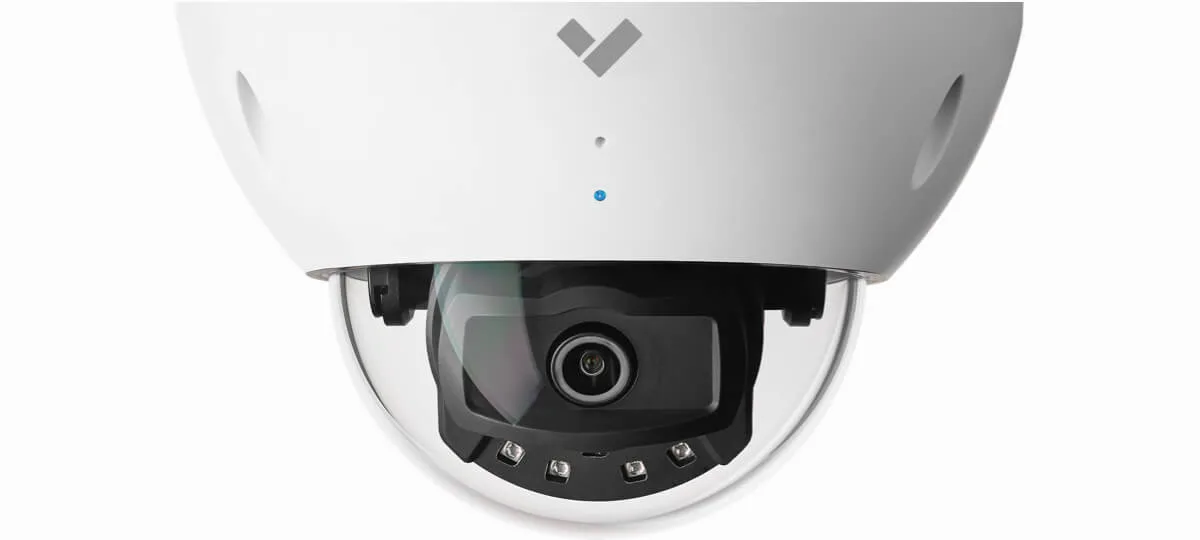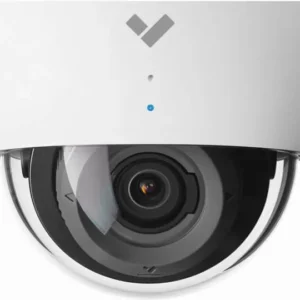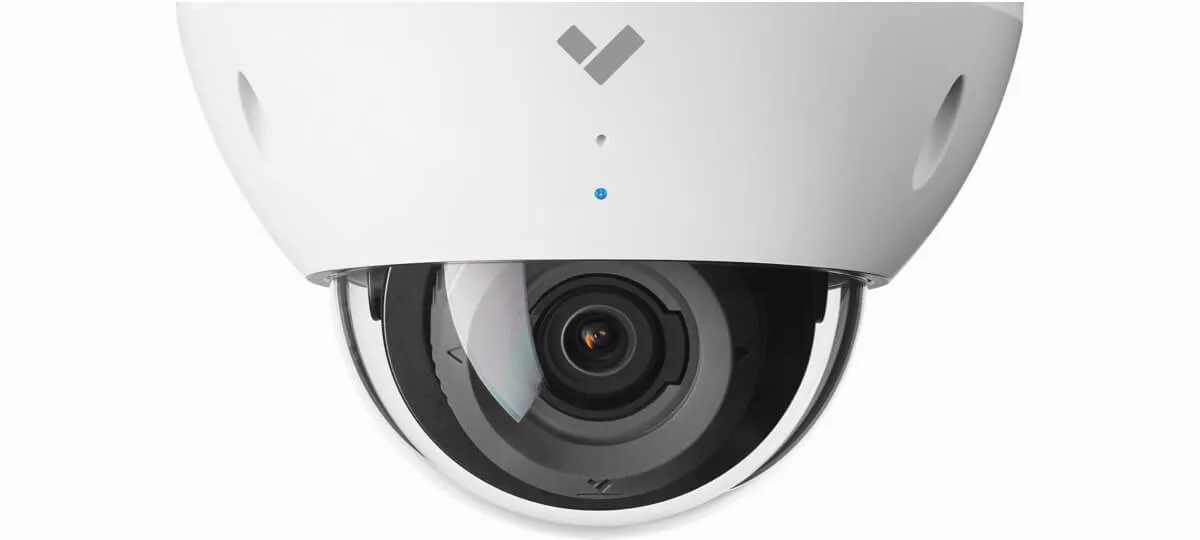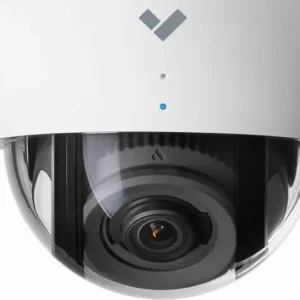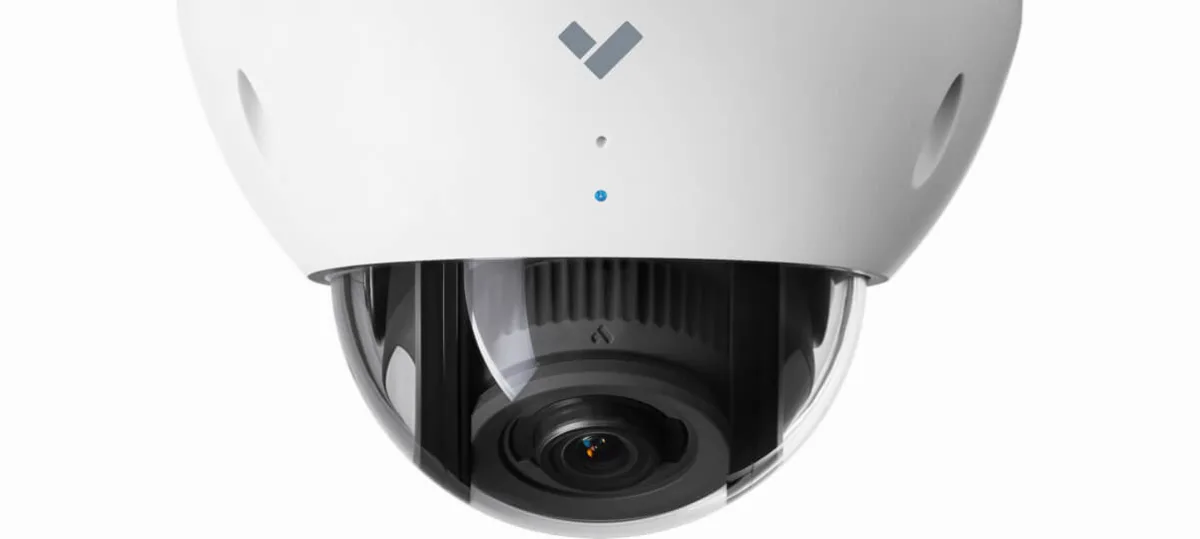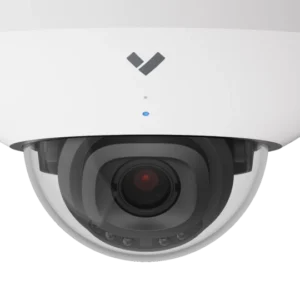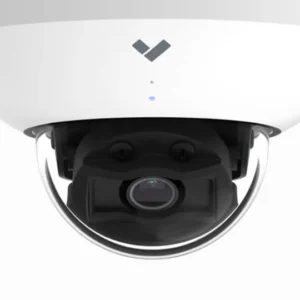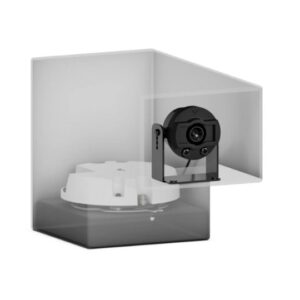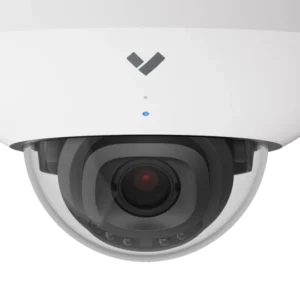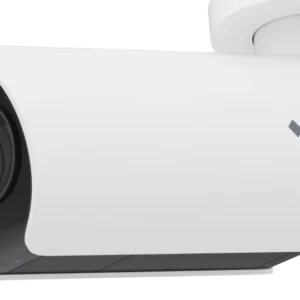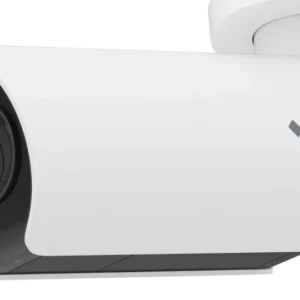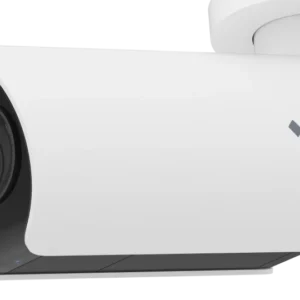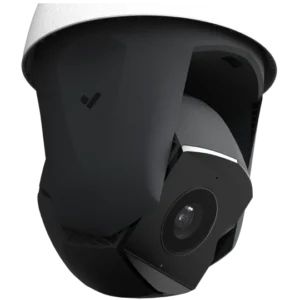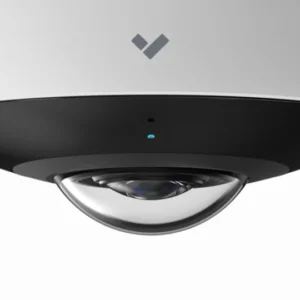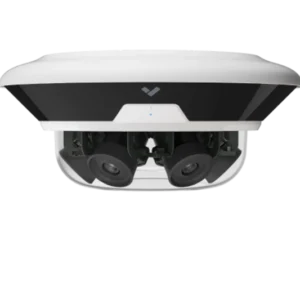Explore the benefits of introducing commercial CCTV camera systems into your business.
A Wide Range of CCTV Camera Systems For Both Residential & Commercial Use
If you’re looking for a reliable and cost-effective way to keep your home or business premises secure and protected against trespassing and burglary, installing a quality CCTV security system may be the solution.
When it comes to commercial CCTV security camera solutions in Brisbane, Sec Tech Group are the experts. We offer a wide range of CCTV systems for both residential and commercial use, providing high-quality imaging and 24/7 recording for your peace of mind.
We will work with you to identify the security needs of your business and provide a tailored security solution with business security cameras.
Contact Brisbane’s Sec Tech Group today on 1300 020 358 for expert advice and professional
security camera system for business and residential properties across Brisbane including:
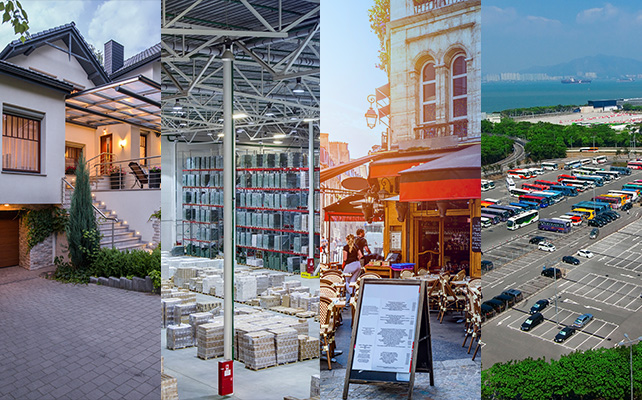
Our Selection of Residential & Commercial CCTV Camera Systems
VERKADA
Verkada’s smart security camera systems offer everything you’d expect from a cutting-edge cloud-based system.

HIKVISION
Hikvision is committed to serving various industries through its cutting-edge technologies of machine perception, artificial intelligence, and big data, leading the future of AIoT.

AXIS COMMUNICATIONS
Scalable, easy-to-integrate IP-based products and innovations for security and video surveillance from Axis Communications

A Quick Guide To Types of Commercial Security Cameras
PTZ Security Cameras
An acronym for pan, tilt and zoom, the PTZ camera offers a wide viewing area and optimal control in the world of commercial indoor and outdoor security camera systems. Some variations don’t perform all three functions—a PT camera can pan and tilt but won’t zoom.
Most PTZ commercial security cameras are remote-controlled, requiring a human to pan, tilt, and zoom. Smart PTZ cameras can be used via a mobile app, while analogue versions use a custom-built keyboard and joystick. A select few high-tech options don’t require human intervention. These use motion sensors to automatically track movement or a timer to focus on specific areas at certain times.
With viewing angles of up to 360 degrees, these versatile solutions are common in properties with high-security requirements. Sensitive areas like airports, ports, and power plants readily adopt PTZ technology.
Fixed Commercial CCTV Camera Systems
Fixed residential and business security cameras can’t do any of the above functions—you won’t be able to pan, tilt, or zoom. The only way to move a fixed camera is by physically adjusting the direction of the lens on the mounting bracket.
This simplified solution is cheaper than the PTZ camera, making it a cost-effective alternative commercial indoor and outdoor security camera system for properties with lower security requirements. This ubiquitous camera type appears in various places, from residential homes to hotels and retail stores.
Fisheye Security Cameras
The fisheye camera is a flat, bubble-shaped device with an ultra-wide-angle lens. This tech makes these residential and business security cameras capable of capturing dynamic viewing angles, anywhere from 180 to 360 degrees.
The wide image provides greater situational awareness and can eliminate blind spots without installing a separate camera—a great cost-saving measure. Despite its warped image, the fisheye security camera system for a business is a top option for indoor areas like retail stores and transport terminals.
Panoramic Security Cameras
Also known as 360-degree or multi-sensor cameras, panoramic security cameras are popular for their extra-wide viewing angles. The device combines input from separate sensors into one image, much like using panoramic mode on a smartphone camera. Combined with high-definition imagery, it’s possible to tilt, zoom, and pan digitally.
Panoramic security camera systems for a business or home won’t suffer from distortion, unlike a fisheye lens. The device is best as a commercial outdoor security camera system for areas where identifying people can prove difficult, such as parking lots and public plazas.
Bullet Security Cameras
The bullet camera is named for its cylindrical, bullet-like shape. As they point directly forward, this commercial CCTV camera type offers a limited field of view, making it suitable for covering small areas and exit/entry points. A lip provides weather protection for use as a commercial outdoor security camera system.
One of the key bullet camera benefits is its highly recognisable design creates a potent deterrent. On the downside, limited viewing angles mean you may have to add supplementary cameras, and the conspicuous shape makes them vulnerable to vandalism.
Dome Security Cameras
Dome cameras are also named after their shape; it’s got a smooth, rounded figure that’s more discreet than a bullet camera.
These devices offer better viewing angles than bullet cameras, but not as wide as panoramics. As they’re harder to identify, dome cameras don’t provide such a powerful deterrent. On the plus side, they’re less obvious residential and commercial security cameras, thus less likely to be vandalised.
Dome cameras are most commonly used indoors (they’re often called ceiling cameras), especially in small rooms like shops and offices. With that said, they are also viable to use as a commercial outdoor security camera system.
Turret Security Cameras
The turret is a popular CCTV security camera type featuring a small lens in a ball and socket design. The ball-shaped lens has a three-point axis to pivot inside the socket, somewhat like a turret—hence the name. This feature makes installation easier, as you can mount the camera in any direction and aim the lens as desired.
Turret cameras are inconspicuous and vandal-resistant, although not quite to the extent of a dome camera. As they have less glass, you won’t have as many infrared (IR) glare issues, which occur when dust and grime bounce IR light back into the lens.
Turrets are a popular option for CCTV camera systems among residential and commercial properties, both indoors and out. Thanks to a wide aperture and large image sensor, they work well in low-light conditions.
Video Intercom
Also known as a video door phone, the video intercom incorporates real-time images into an intercom system. A security camera system for a business or residential property near an entry point transmits images to a wall-mounted panel inside, so the occupants can identify their visitors. Many video intercoms can also send footage to a mobile app, allowing it to be monitored anywhere in the world.
A two-way audio feature lets the user converse with their guest and vice versa. Some come with a remote locking feature, which enables the user to unlock/lock a door with the push of a button.
Wireless Security Cameras
A wireless security camera transmits images via a local Wi-Fi network; thus, they’re sometimes known as Wi-Fi cameras. Wireless commercial security cameras store images on a local memory card or an online cloud storage service, though the latter often entails a monthly subscription fee.
Many wireless security camera systems for a business or residential property use motion sensing technology to automatically capture images upon detecting movement. When this happens, users receive an instant mobile app notification or email to alert them of a potential threat.
Most wireless camera systems connect to the mains power through a cable; “wireless” only refers to their ability to transmit data via the internet. Some options are battery-powered for a truly wireless experience. However, limited battery life means these cannot record continuously, so you must rely on motion sensors instead.
The benefits of going wireless include a cheap, easy installation as well as scalability and flexibility. On the downside, they’re not as fast, secure, or stable as wired systems, and the image quality generally isn’t as good.
Solar-Powered Security Cameras
Solar-powered cameras are an innovative security solution for remote areas without access to mains power. The commercial CCTV camera systems entail a tower with a camera and solar panels perched on top, often attached to a dolly for optimal portability. An in-built battery stores power for cloudy days and nighttime use.
Many solar-powered cameras transmit captured images by the local 4G network. When 4G isn’t available, a wireless bridge provides stable cable-free data transmission over large distances. Solar-powered systems can incorporate various camera types and capture clear imagery from 100 to 500 metres away.
The technology of a solar-powered commercial CCTV camera is primarily used in industrial and public infrastructure projects, such as oil and gas fields, construction sites, and telecommunication towers.
Verkada Dome Security Cameras
Verkada Mini Security Cameras
Verkada Bullet Security Cameras
Verkada PTZ Security Cameras
Verkada Fisheye Security Cameras
Verkada Multi Sensor Security Cameras
Serving SEQ including Brisbane Northside, Brisbane Southside, Logan, Redlands and Ipswich.










